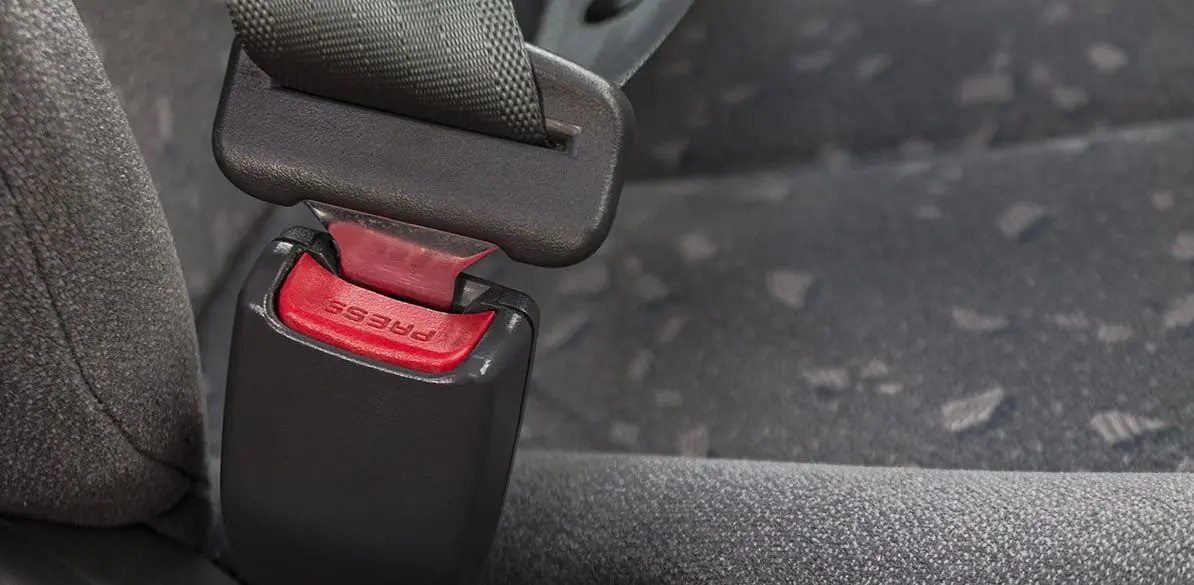Pleural diseases and driving

- Pleuritis is characterized by pain, that increases with cough and breathing. The most frequent causes are an underlying pulmonary condition, entry of an infectious agent or irritant substance in the pleural cavity, neoplasms, injuries, asbestosis and drugs. The breathing of these patient is usually superficial and fast, due to pain. The inflammatory reactions of the pleura cure by clinical resolution and fibrosis, and this can be very small or on the contrary establish a thick fibrous layer that affects substantially pulmonary function.
- Pleural effusion is a manifestation of multiple diseases such as infections, neoplasms, heart failure and pulmonary thromboembolism, among the most common. The clinical symptoms are nonspecific and their severity will vary based on the amount of fluid accumulated and its etiology. The main goal is the treatment of the causal disease. Dyspnea and chest pain show a respiratory involvement and therapeutic thoracocentesis may be indicated. Massive relapsing effusions, usually malignant, require in some cases pleurodesis, and sometimes these effusions are controlled with chemotherapy. If pleurodesis is not feasible, pleuroperitoneal derivation may be indicated.
- Empyema requires antibiotic therapy and urgent pleural drainage through thoracostomy tube and suction. In difficult cases of septate empyema, cleaning thoracotomy with surgical decortication is required. Surgery is also necessary to treat the broncho-pleural fistula as a complication of empyema.
- Hemothorax is most often secondary to an injury, and should be drained as soon as possible in order to prevent fibrosis and overinfections of the fluid. In some cases, thoracotomy with surgical decortication should be used
- Chylothorax causes progressive dyspnea that can require pleuroperitoneal derivation, or chest drainage with tube or ligature of the chest channel or pleurectomy to obliterate the pleural space.
- Pneumothorax can have a traumatic origin, or be spontaneous, simple or complicated, at tension, or induced.
Symptoms vary substantially depending on the size of the pneumothorax and the amount of affected lung, and range from a very mild troublesome feeling to highly marked dyspnea with shock and circulatory failure, which are life-threatening for the patient.
Sudden unilateral and acute chest pain frequently occur, with dyspnea and dry cough. Pain can irradiate to the shoulder, abdomen or the whole thorax.
A small spontaneous pneumothorax does not require special treatment, except for physical rest, since air is reabsorbed after some days.
Complete reabsorption of a larger pneumothorax takes 2-4 weeks and requires placing and endothoracic tube.
If air leak or failure of pulmonary re-expansion persist, surgical repair, or removal of the affected pulmonary segment, or chemical pleurodesis must be performed.
Recurrent pneumothorax provokes significant disability in the patients, often requiring surgery.
Advice on Pleural diseases
- All pleural conditions associated with pain and dyspnea prevent from driving.
- Patients with coagulation disorders are more susceptible, and in a collision they can suffer more frequently hemothorax, so they should be warned to maximize safety when driving.
- Clinical symptoms affecting the pleura are very varied, as well as the treatment indicated in each case, so medical advice on road safety will be adjusted individually.
- The patient requiring chest rest for recovery should be warned that his disease can worsen when driving, even if he thinks that driving does not involve an effort.
- All instrumental maneuvers or surgery in the chest require a more or less prolonged convalescence period without driving, that the patient must respect for the good evolution of the condition.
- The recovery of pulmonary capacity without sequels will allow for driving, always with a favorable report from the physician.
- The sequels of pleural disease causing restriction of pulmonary function need specialized study and a report specifying the actual handicap, to be able to indicate safely the ability of this patient to drive.
- The physician’s report will indicate if that pulmonary function limitation is transient or definitive, to be able to establish the adequate driving restrictions in that patient.
